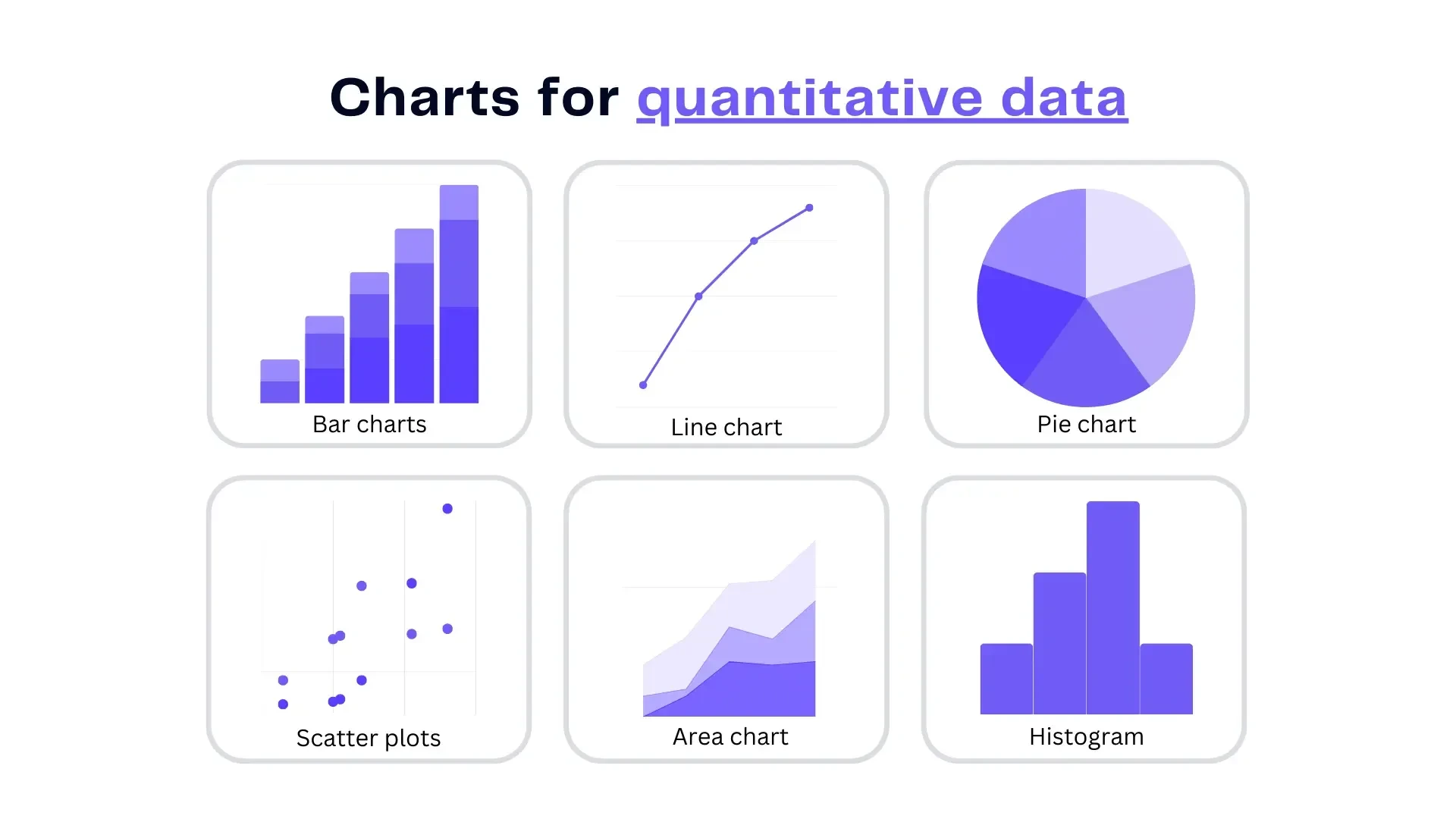Comprehensive Business Content Audit

Every organization produces content, but how successful is it? By conducting a content audit, you may find out the answer to this question and determine how well your material fits your company's aims. It's similar to a checkup in that it makes sure everything is fine or finds out what needs additional care. This audit will show you exactly what's working and what needs tweaking across all of your online properties, including your website and social media profiles.
Initial Step: Establish Purpose and Aims
First, let's understand why this is happening before we move into the audit. Just what is the purpose of this audit? In developing this content, what are you striving for? Maybe it's improving brand recognition or building up customer involvement.
Whatever it is, your content strategy should be directed by your business goals.
Establishing specific audit goals is the next stage. Are you checking content performance, seeking for gaps, or maintaining consistency? Defining these objectives will keep your audit focused and successful.
Step 2: Inventory Existing Content
Now, it's time to collect all your content - yes, every last bit. From website pages to blog pieces to social media updates and email newsletters, leave no stone uncovered. Once collected, arrange this content by sort, platform, and purpose. Create a complete inventory spreadsheet, including key details such titles, dates, URLs, and performance indicators. This paper will be your go-to reference throughout the audit.
Step 3: Analyze Content Performance
Let's discuss numbers. Start with a quantitative analysis, examining variables like traffic, engagement, conversion rates, and SEO success. But don't stop there. A qualitative examination is equally crucial. Assess the quality, relevancy, and alignment of your material with your brand's voice and message. High statistics might appear nice on paper, but do they translate to meaningful interactions with your audience?
Step 4: Identify Content Gaps and Opportunities
With your analysis in hand, it's time to discover the flaws. Where is your content falling short? What's missing that could better serve your audience or aid attain your goals? This is your chance to uncover such gaps and brainstorm possibilities for fresh material. Maybe a well-performing blog post might be extended into a series, or a popular social media update could be transformed into a full-fledged campaign.

Step 5: Evaluate Content Consistency
Consistency is the secret sauce of a strong brand. But is your content delivering it? Check if your brand's voice and tone are consistent across all platforms. Does your messaging correlate with your brand's ideals and business objectives? And what about visuals? Are your photographs, videos, and infographics consistent in style and quality? This phase ensures that every piece of material, no matter where it lives, seems like it's coming from the same location.
Step 6: Develop Actionable Recommendations
Armed with your results, it's time to make some decisions. Identify the material that's working well and maintain it, maybe even reuse it for additional channels. Highlight anything that needs updating - perhaps a blog entry from a few years ago could use a refresh. Don't be hesitant to let go of underperforming stuff that's no longer serving its function. And of course, depending on your gap analysis, offer new content ideas that could cover those holes.
Step 7: Create an Implementation Plan
Now, let's get practical. Prioritize your recommendations based on impact and practicality. Some improvements can be basic answers, while others could need more time and resources. Develop a plan for executing these modifications, and don't forget to dedicate the appropriate resources - whether it's time, budget, or team members - to get the job done. This plan will be your approach to boost your content strategy.
Step 8: Monitor and Review
Content audits aren't a one-and-done transaction. Ongoing monitoring is crucial to verify that your material continues to perform well and coincide with your aims. Set a schedule for periodic audits - maybe quarterly or biannually - to keep everything on track. Be open to making improvements based on what the data shows you. The digital landscape is continuously moving, and your content strategy should be agile enough to keep up.
Conclusion
In summary, a comprehensive business content audit is crucial for aligning your content with your business goals, connecting with your audience, and ensuring consistency across platforms. By identifying goals, inventorying material, analyzing performance, discovering gaps, and implementing improvements, you can strengthen your content strategy and take your business ahead. Now's the chance to take action - start your audit and let your content shine.
Like this project
Posted Aug 27, 2024
OYERO conducted a thorough content audit for mid-sized enterprise, identifying areas of improvement which led to better alignment with business goals.
Likes
0
Views
1



